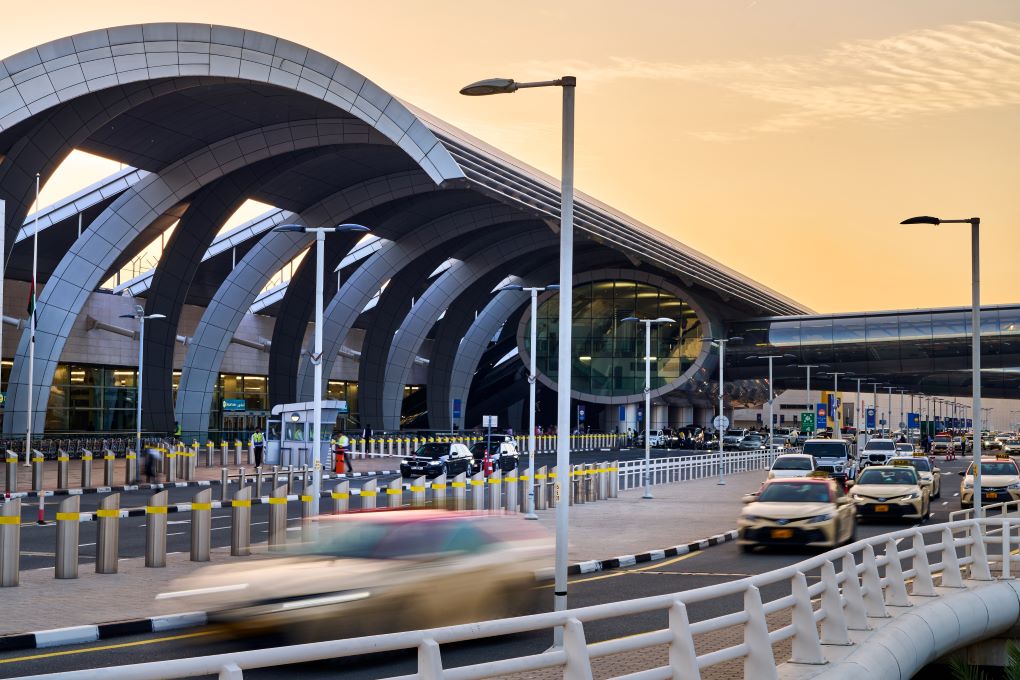INTERNATIONAL. The International Air Transport Association (IATA) has forecast a -3% year-on-year contraction in passenger volumes in 2009, and losses of US$2.5 billion for the airline industry. All regions except the US are expected to report larger losses in 2009 than in 2008.
Worldwide passenger traffic is expected to decline by -3% following growth of +2% in 2008. This is the first decline in passenger traffic since the -2.7% drop in 2001. Industry revenues are expected to decline to US$501 billion. This a fall of US$35 billion from the US$536 billion in revenues forecasted for 2008. This drop in revenues is the first since the two consecutive years of decline in 2001 and 2002.
Yields will decline by -3% (-5.3% when adjusted for exchange rates and inflation), said IATA. The 2009 oil price is expected to average US$60 per barrel (Brent) for a total bill of US$142 billion. This is US$32 billion lower than in 2008 when oil averaged US$100 per barrel (Brent).
“The outlook is bleak. The chronic industry crisis will continue into 2009 with US$2.5 billion in losses. We face the worst revenue environment in 50 years,” said IATA Director General and CEO Giovanni Bisignani.
IATA also updated its forecast for 2008 to an industry loss of US$5 billion. This is slightly improved from the US$5.2 billion loss projected in the association’s September forecast, primarily as a result of the rapid decline in fuel prices.
The reduction in industry losses from 2008 to 2009 is mainly due to a shift in the results of North American carriers. Carriers in this region were hardest hit by high fuel prices with very limited hedging and are expected to post the largest industry losses for 2008 at US$3.9 billion. An early -10% domestic capacity reduction in response to the fuel crisis has given the region’s carriers a head-start in combating the recession-led fall in demand. The lack of hedging is now allowing the region’s carriers to take advantage of rapidly declining spot fuel prices, said IATA. As a result, North American carriers are expected to post a small profit of US$300 million in 2009.
“North America will be the only region in the black, but the expected US$300 million profit is less than 1% of their revenue. 2009 will be another tough year for everyone,” said Bisignani.
All other regions will show losses:
*Asia Pacific carriers will see losses more than double from the US$500 million in 2008 to US$1.1 billion in 2009. With 45% of the global cargo market, the region’s carriers will be disproportionately impacted by the expected 5% drop in global cargo markets next year. The region’s largest market – Japan – is already in recession. And its two main growth markets – China and India – are expected to deliver a major shift in performance. Chinese growth will slow as a result of the drop-off in exports. India’s carriers, which are already struggling with high taxes and insufficient infrastructure, can expect a drop in demand following on from the tragic terror incidents in November, said IATA.
*Losses for European carriers will increase ten-fold to US$1 billion. Europe’s main economies are already in recession. Hedging has locked in high fuel prices for many of the region’s carriers in US dollar terms, and the weakened Euro is exaggerating the impact.
*Middle Eastern airlines will see losses double to US$200 million. The challenge for the region will be to match capacity to demand as fleets expand and traffic slows – particularly for long-haul connections, said IATA.
*Latin American carriers will see losses double to US$200 million. Strong commodity demand that has driven the region’s growth has been severely curtailed in the current economic crisis. The downturn in the US economy is hitting the region hard.
*African airlines will see losses of US$300 million continue. The region’s carriers face strong competition. Defending market-share will be the main challenge, said IATA.
Bisignani said: “Airlines have done a remarkable job of restructuring themselves since 2001. Non-fuel unit costs are down -13%. Fuel efficiency has improved by +19%. And sales and marketing unit costs have come down by -13%. But the ferocity of the economic crisis has overshadowed these gains and airlines are struggling to match capacity with the expected -3% drop in passenger demand for 2009. The industry remains sick. And it will take changes beyond the control of airlines to navigate back into profitable territory.”
He added: “Labour must understand that jobs will disappear when costs don’t come down. Industry partners must contribute to efficiency gains. And governments must stop crazy taxation, fix the infrastructure, give airlines normal commercial freedoms and effectively regulate monopoly suppliers.”
[comments]
MORE STORIES ON IATA
International passenger traffic declines for second successive month; worse to come, says IATA – 27/11/08
International traffic growth slowdown continues; Asia leads decline – 30/09/08
IATA releases “˜stronger than expected’ international passenger numbers for May – 03/07/08






